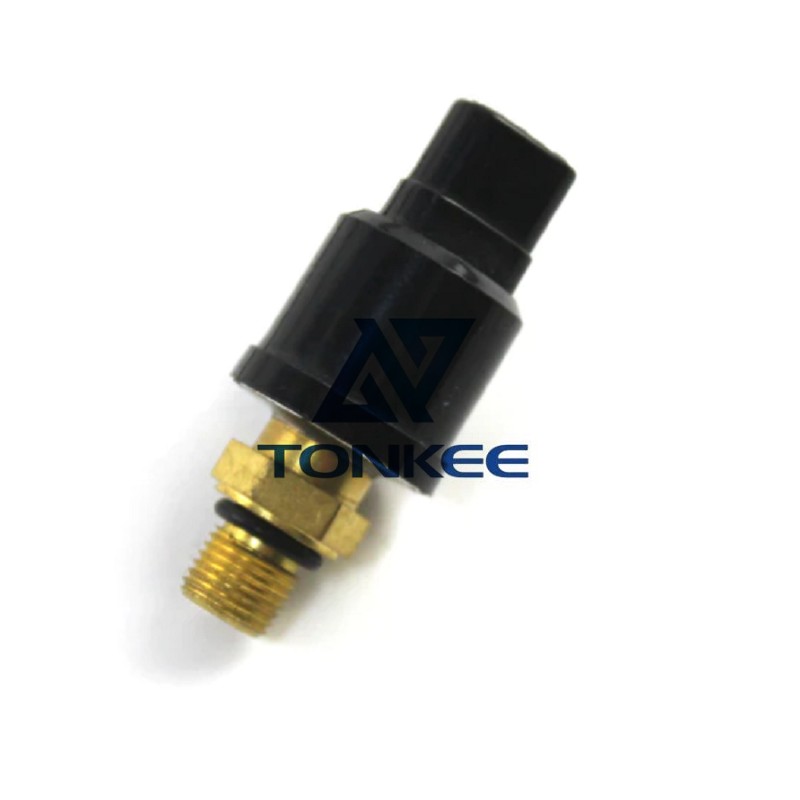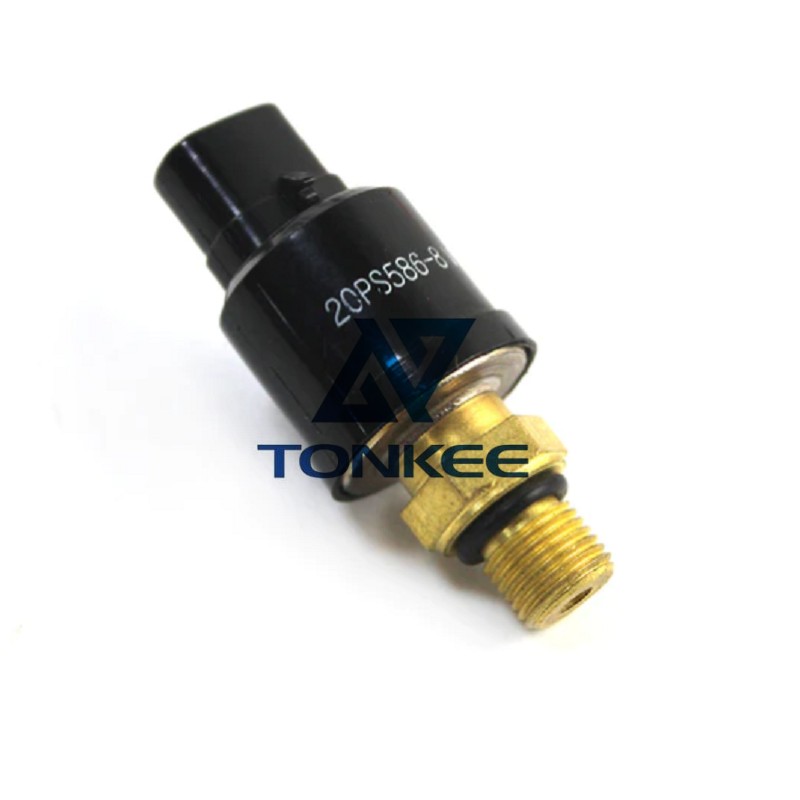Perform Perfectly Every Time!
The names KAWASAKI, BOSCH, REXROTH, NABTESCO, KAYABA, NACHI, EATON, TOSHIBA, JEIL, HANDOK, VOLVO, CATERPILLAR, Cat, John Deere, KOMATSU,HITACHI,KOBELCO,KATO,SUMITOMO,HYUNDAI,DOOSAN,DAEWOO,SAMSUNG, YANMAR, KUBOTA, JCB, CASE, NEW HOLLAND, ISUZU, MITSUBISHI, HINO, DEUTZ, PERKINS, CUMMINS, ZEXEL, DENSO, DELPHI or any other original equipment manufacturers are registered trademarks of the respective original equipment manufacturers. All names, descriptions, numbers and symbols are used for reference purposes only. Our website is in no way associated with any of the manufacturers we have listed. All manufacturer's names and descriptions are for reference only.




